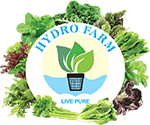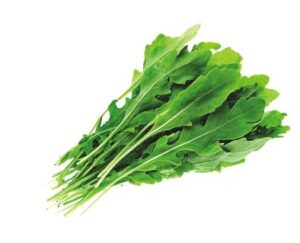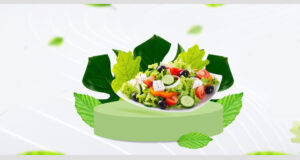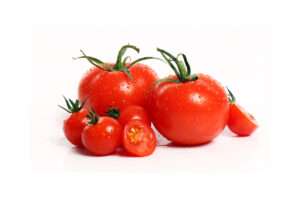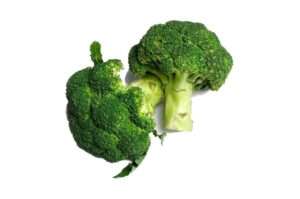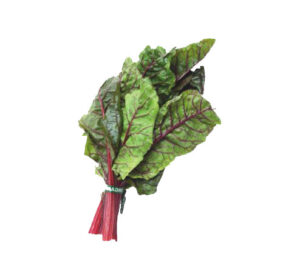How to make the most out of bell peppers in your recipes

Bell peppers are a common ingredient in cooking and can be used in different ways to add a lot of flavor to your dishes. They are also ideal for adding color to your dishes and they can be used in a wide variety of dishes. This blog will look at the different ways bell peppers can be used in cooking, the different parts of the bell pepper that you’ll use for cooking, and what different types of bell peppers can be used.
Why bell peppers are a versatile ingredient?
Bell peppers are a versatile ingredient because they can be used in so many different types of bell pepper recipes. They can be used in salads, in soups, and just about anywhere else you’d want to use a vegetable. You can even include bell peppers in desserts!
Plus, bell peppers are super easy to find. You can find them at most grocery stores, or even at your local farmers market during the summer months when they’re in season.
How to Select and Store Bell Peppers?
Adding the most nutritious bell peppers to your meals is a great idea. They’re relatively low in calories and high in vitamins A and C, as well as potassium, folate, and thiamine. They also have anti-inflammatory properties that help reduce the risk of heart disease.
But you may be wondering how to select and store bell peppers so that you can get the most out of your purchase. Here are some tips:
1. Look for bell peppers that are firm and glossy. They should feel heavy for their size, but not overly soft or wrinkled. Avoid any soft spots or bruises, which can indicate damage to the interior of the pepper.
2. Store your fresh bell peppers at room temperature in a plastic bag or container with holes punched in it to allow air circulation until ready to use (usually within 3-5 days). Avoid storing them in the refrigerator because they’ll get mushy faster than if kept at room temperature.
3. If you’re storing your bell peppers longer than 5 days, wrap them tightly in plastic wrap or foil and place them in a brown paper bag with holes punched into it so that moisture doesn’t build up on
10 recipes to use bell peppers
Bell peppers are a delicious and versatile ingredient that can be used in a variety of recipes. Here are 10 recipes that make use of bell peppers in a variety of ways:
1. Roasted Bell Pepper Soup – This soup is a flavorful and healthy option that is perfect for chilly weather.
2. Quinoa and Bell Pepper Salad – This salad is a hearty and nutritious option that is perfect for a light meal or side dish.
3. Bell Pepper and Egg Breakfast Bowl – This is a quick and easy breakfast option that is packed with protein and flavor.
4. Bell Pepper Pizza – This is a fun and easy way to change up your usual pizza routine.
5. Spicy Bell Pepper and Chicken Stir-Fry – This stir-fry is a flavorful and easy weeknight meal.
6. Bell Pepper and Avocado Toast – This is a simple but delicious breakfast or snack option.
7. Roasted Bell Pepper and Goat Cheese Crostini – These crostini are perfect for a party or appetizer.
8. Bell Pepper and Feta Cheese Frittata – This frittata is a flavorful and filling option for breakfast, lunch, or dinner.
9. Caprese Salad with Bell Peppers – This salad is a refreshing and colorful option that is perfect for summer.
10. Chocolate and Bell Pepper Brownies – These brownies are a fun and unexpected way to use bell peppers in a dessert.
How to make the most out of bell peppers in your recipes
Bell peppers are a versatile ingredient that can be used in a variety of recipes. Here are some tips on how to make the most out of bell peppers in your cooking:
- When choosing bell peppers, look for ones that are firm and brightly colored. Soft or blemished peppers should be avoided.
- Wash the peppers thoroughly before using them.
- Bell peppers can be eaten raw, cooked, or roasted. Raw peppers have a crunchy texture and a slightly bitter taste. Cooked peppers are softer and have a sweeter taste. Roasted peppers have a smoky flavor and a softer texture.
- Bell peppers can be used as the main ingredient or as a side dish. Salads, soups, pasta dishes, pizzas, and more can all benefit from their addition.
● Get creative with your recipes and experiment with different combinations of ingredients. You may be surprised at how well bell peppers go with other foods.
The health benefits of bell peppers
Bell peppers are a nutritional powerhouse, offering a host of bell pepper benefits. Here are 10 reasons to add bell peppers to your diet:
1. Bell peppers are a good source of vitamins A, C, and B6.
2. They are also a good source of dietary fiber.
3. Bell peppers can help improve your vision.
4. They can also help boost your immune system.
5. Bell peppers can help improve your cardiovascular health.
6. They can also help lower your risk of certain cancers.
7. Bell peppers can help improve your digestion.
8. They can also help regulate your blood sugar levels.
9. Bell peppers can help you maintain a healthy weight.
10. They can also help improve your skin health.
Conclusion
So there you have it, our guide on how to grow rocket leaves at home. We hope you’ve found this article to be helpful and that you’ve learned a few things along the way. We’re always excited to share our knowledge and experiences with our community, so if you have any questions, comments or suggestions, please don’t hesitate to reach out to us!
FAQs
It is delicious and healthy to eat bell peppers as part of any meal, and they’re easy to grow at home with just a few simple supplies. The only thing you need is a sunny spot in your yard, some potting soil, and a few seeds or seedlings.
● Start by choosing a spot in your yard that gets at least six hours of sunlight daily.
● Bell peppers plant need lots of suns to thrive, so a sunny spot is key.
● Once you’ve found the perfect spot, fill a large pot or planting bed with good-quality potting soil.
● If you’re starting with seeds, plant four or five seeds in each pot or planting hole.
● If you’re using seedlings, plant one or two per pot or hole. Once your peppers are in the ground, water them well.
Bell peppers need consistent moisture to produce lots of fruit, so be sure to water them regularly. You’ll know your peppers are ready to harvest when they’re a deep, rich green bell pepper color. Enjoy your homegrown bell peppers in salads, stir-fries, or roasted for a tasty and healthy treat.
The healthiest bell pepper is the red bell pepper. The antioxidant and vitamin content of bell peppers red is impressive, and they have been shown to boost immunity and protect against disease. They are also a good source of fiber and minerals.
Yes, bell peppers are good for you! They are a great source of vitamins A, C, and K, as well as a good source of fiber. Bell peppers are also low in calories and fat, making them a healthy choice for those looking to lose weight or maintain a healthy weight. Additionally, bell peppers are a good source of antioxidants, which can help to protect against various diseases.
Conclusion
Bell peppers are one of those vegetables that can be used in so many different ways, and they are a great addition to any meal. In this blog post, we will explore some of the best ways to use bell peppers in your cooking. We hope you enjoy learning about these unique vegetables and find new ways to enjoy them!
